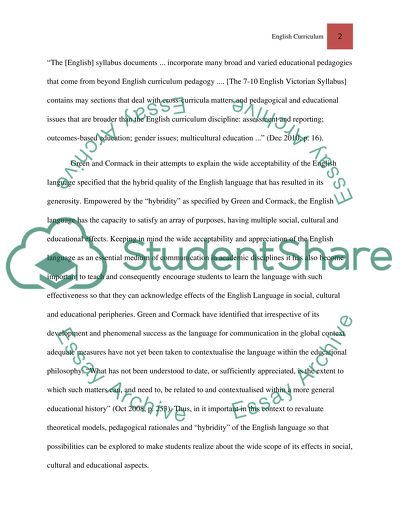Cite this document
(“English Curriculumn Essay Example | Topics and Well Written Essays - 2250 words”, n.d.)
Retrieved from https://studentshare.org/education/1415434-english-curriculumn
Retrieved from https://studentshare.org/education/1415434-english-curriculumn
(English Curriculumn Essay Example | Topics and Well Written Essays - 2250 Words)
https://studentshare.org/education/1415434-english-curriculumn.
https://studentshare.org/education/1415434-english-curriculumn.
“English Curriculumn Essay Example | Topics and Well Written Essays - 2250 Words”, n.d. https://studentshare.org/education/1415434-english-curriculumn.


